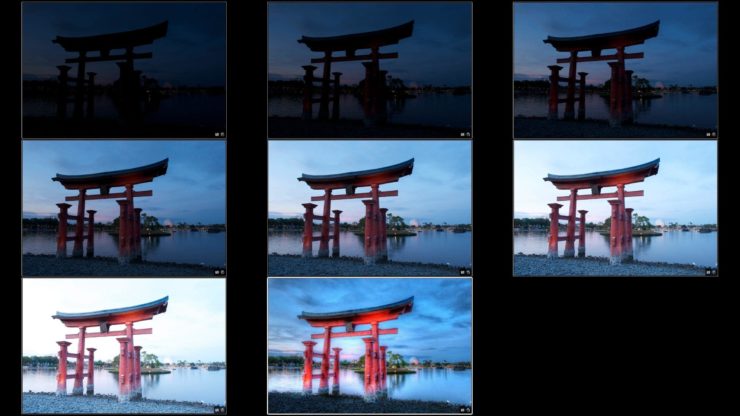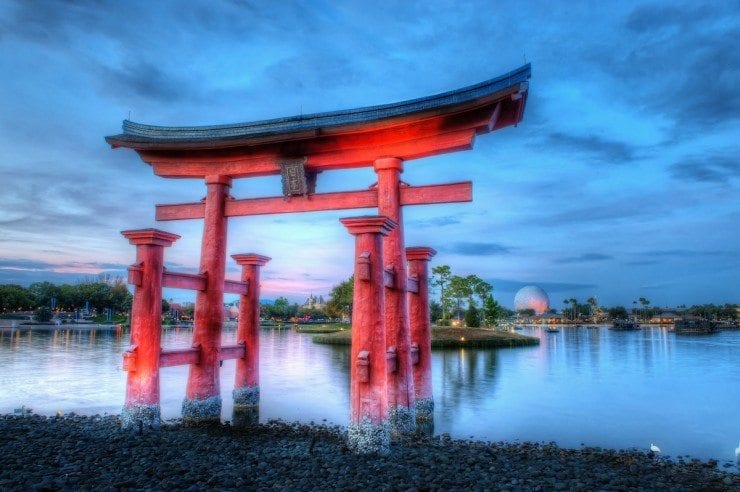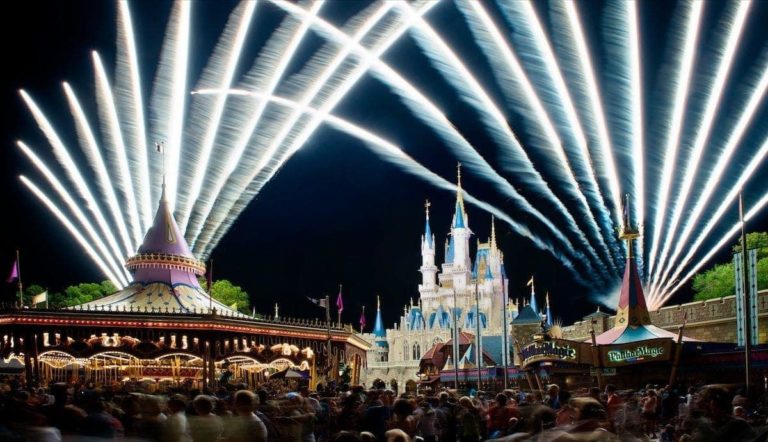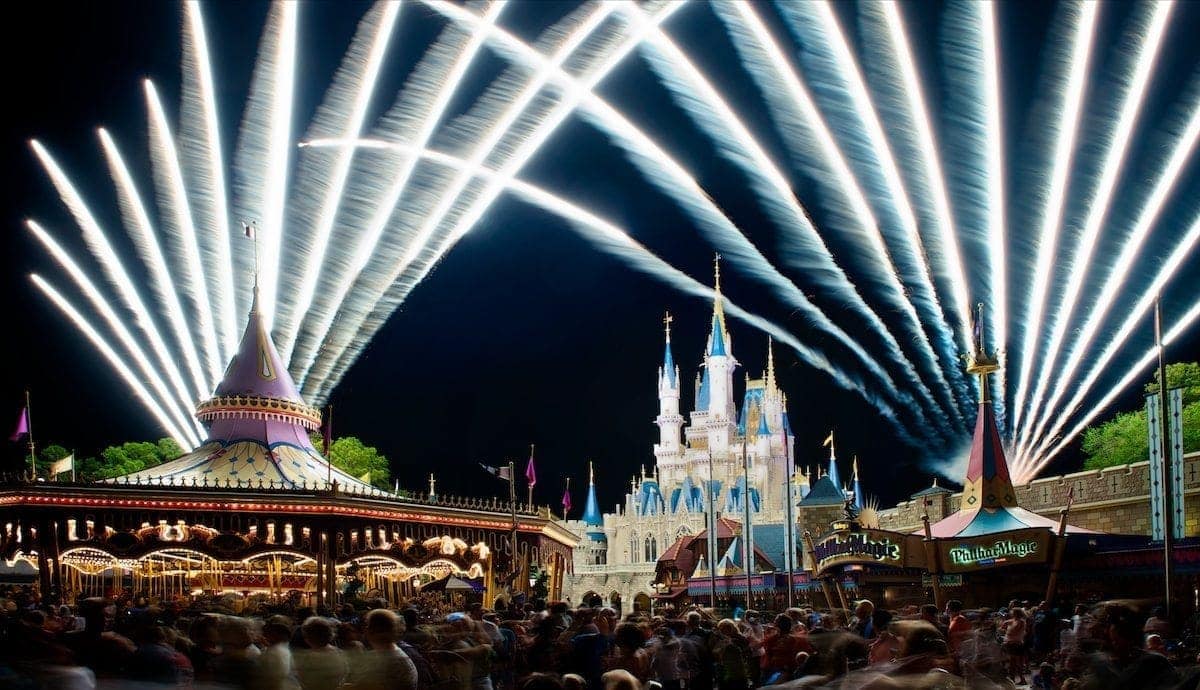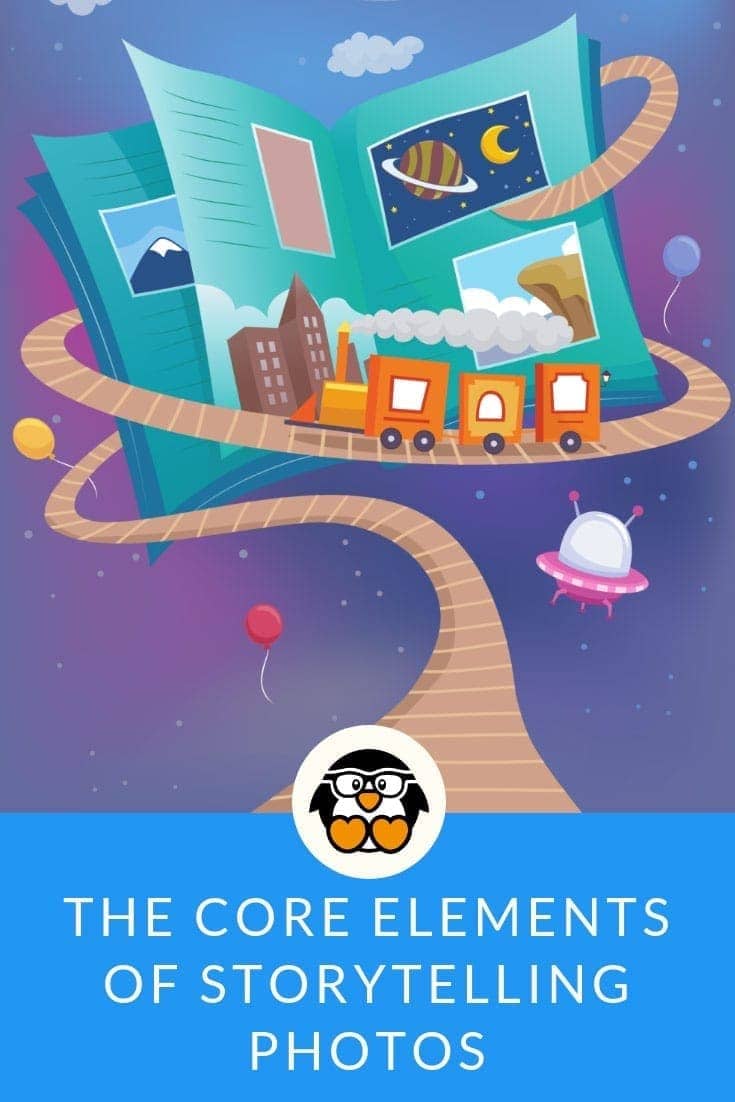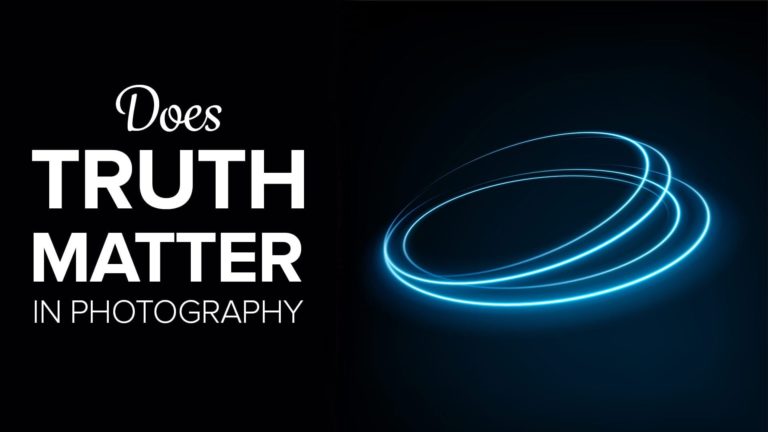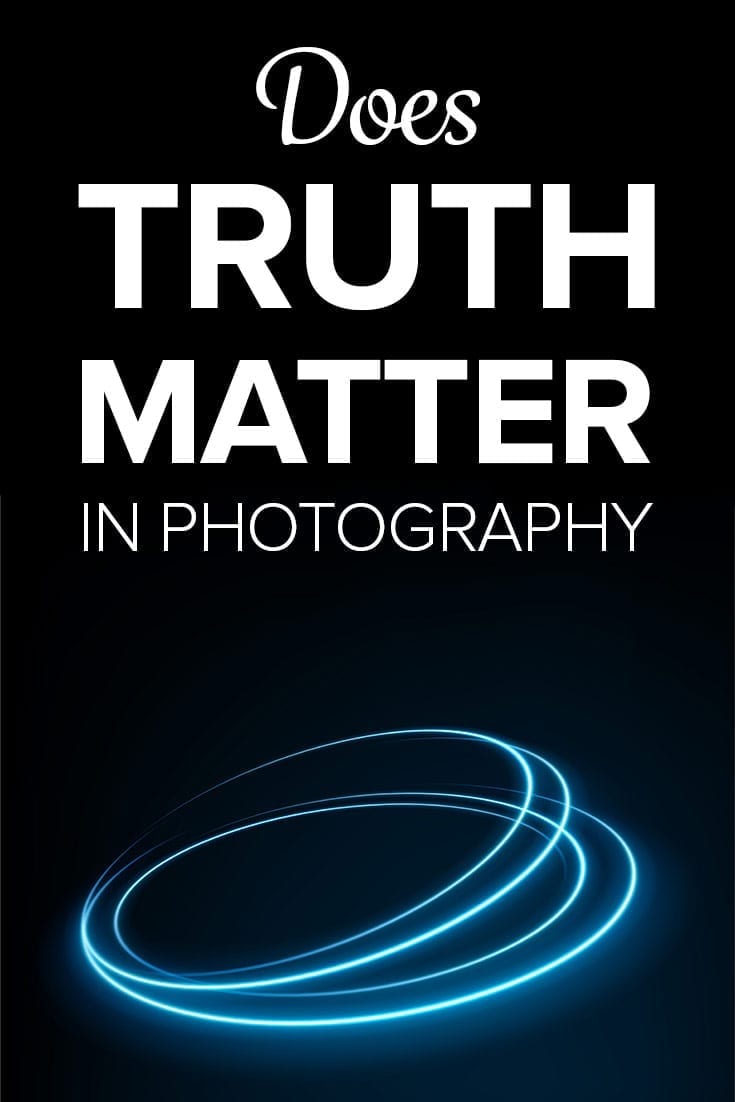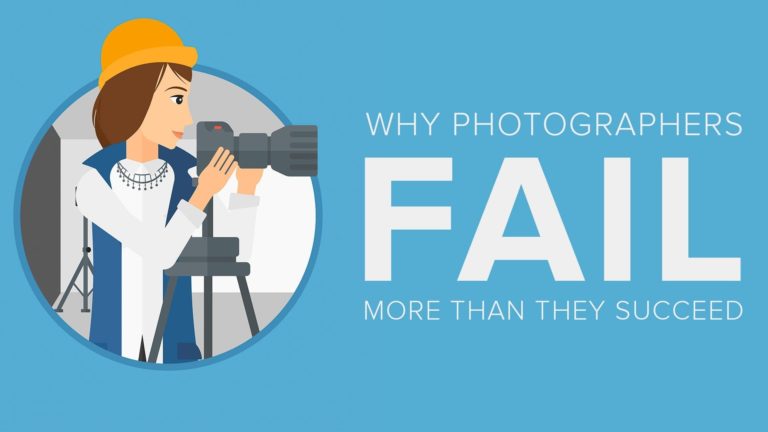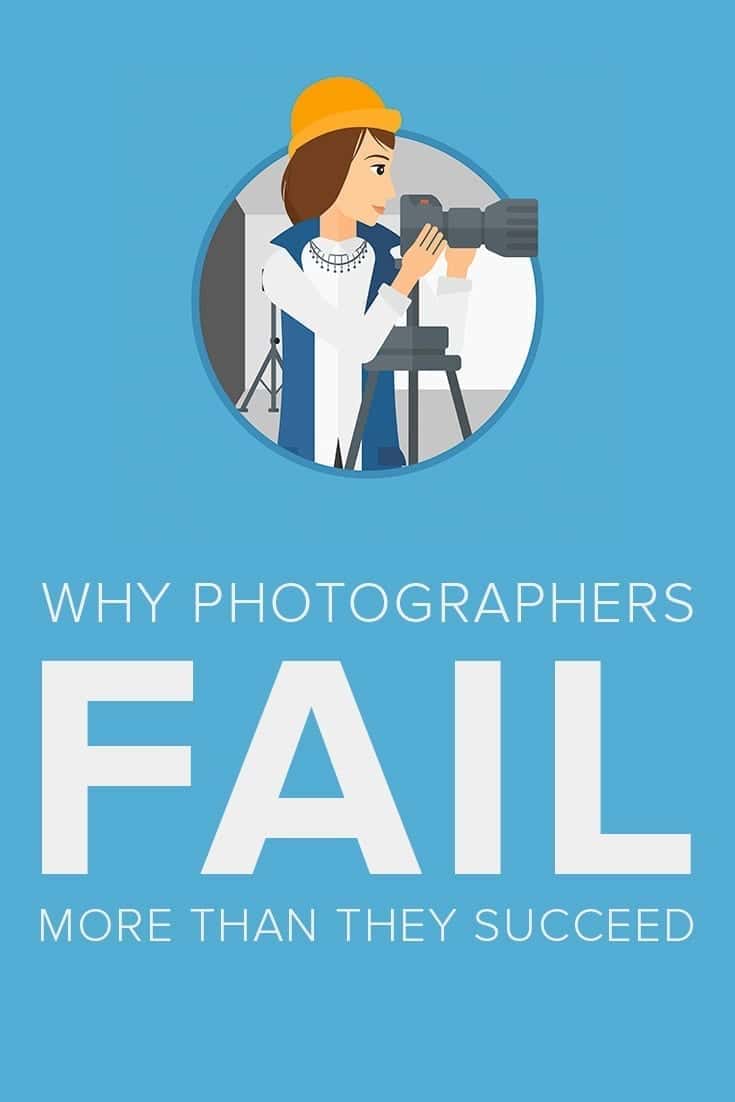Affiliate Disclosure: We earn a commission if you purchase through one of our links at no additional cost to you.
Photography isn’t magic. Yet, when you don’t understand why or how things work, it’s easy to believe in some silly stuff.
My friend Ken shared something on Facebook after listening to another photographer offer some advice. It seems this fellow advised people to switch from shooting RAW to JPEG to make sure they were getting proper exposure. Ken rightly questioned this advice and asked friends to weigh in on the matter. My own contribution was concise.
The Exposure Triangle (Again)
Most of you have probably heard about the Exposure Triangle, but I’ll repeat it anyway. There are three elements to your exposure in still photography.
- ISO (the sensor’s sensitivity to light)
- Aperture (the size of the hole that allows light to hit the sensor)
- Shutter Speed (the duration that the light comes through the aperture to hit the sensor)
For most of your photography, those are the only factors that matter in your exposure. If you’re adding flash to a photo, there are two other variables to consider.
- Flash Power (how bright is your flash)
- Flash to Subject Distance (how far is your flash from your subject?)
We’ll ignore the flash for this discussion. With our without flash, one thing is very obvious. Your file format isn’t one of the variables. Shooting in RAW or JPEG has absolutely no bearing on your exposure. There are valid reasons to use either format, but you still have to nail your exposure using ISO, Aperture and Shutter Speed.
The Exposure Triangle Relationship
Let’s say that you took a photo using ISO 200 with an Aperture of f/16. What shutter speed would you select? That depends upon the amount of available light and how you want your subject to appear. If you’re not sure, you can bracket your photos, as I did in this series to create the final HDR result.
Each of these exposures (except the final HDR image) is one stop apart from the photo on either side of it. In this case, that happened by changing the Shutter Speed. You could achieve the same effect by adjusting the ISO or the Aperture, or even a combination of those adjustments. In the end, each exposure is like a mathematical equation that yields the same answer. If I want to add two stops of light, I could raise the ISO one stop and open the Aperture one stop – two stops of light.
The consequences of each change are how you decide which formula to use for your photo. Raising the ISO may introduce digital noise. Changing the Aperture also changes your depth of field. Changing the shutter speed may cause blur or freeze motion. Pick your poison and make your exposure. Photography isn’t magic. It’s alchemy.
The Magic of Light
I cringe every time I hear someone talk about the magical qualities of natural light. This kind of mysticism is born our of ignorance. I typically reply that “All light is natural.” That leads to other debates, but there’s a simple reason that I say it – to overcome the absurd notion that one kind of light has special qualities that you cannot make using your own tools.
If you don’t believe me, watch a movie. You may not think of it as you’re engrossed in the story, but Hollywood movies have a masterful control of lighting effects. Those deep, rich and vibrant colors of light don’t come on cue from Mother Nature, so film makers learned long ago how to create their own light to develop the “magical” appearance of natural light. Never mind there’s some guy named Bob or Ralph who;s actually making it happen.
There are two ways to create light. You either heat up atoms or you cool electrons. That’s simplistic, but also true. Light is nothing more than electromagnetic energy – like radio waves or nuclear radiation. It’s different because light exists within our visible spectrum. We can see it, even though we can’t see other types of electromagnetic radiation. Now that you know how to generate light, it’s pretty easy to see that all light is natural. That’s because artificial light would require us to come up with a completely new way of creating photos.
So whether you strike a match, turn on a lightbulb or fire a flash – you’re just manipulating atoms into electromagnetic energy. Different techniques to generate the same natural result.
There are differences in light shaping tools, color temperature, and direction of light. All of those are things that we can control using soft boxes, reflectors, gels and other tools. In other words, you can create the same kind of magical light that people mention in whispered tones by using the gear you bought at Adorama or B&H. Photography isn’t magic. It can be expensive, though.
Photography Isn’t Magic
I love it when I can walk outside to find that the light and environment combined into a perfectly storm for photography. It’s rare when that happens, though. You don’t have to sit around and wait for the fates to collide for your photograph. Use what you know to make it happen. That could be by blending exposures to create HDR or lighting the scene as you want it. All you really need to do is stop and think about the light you want, and then beat it into submission.

